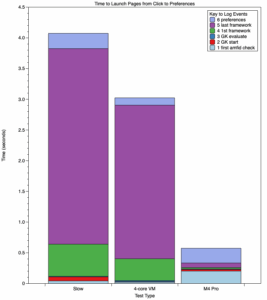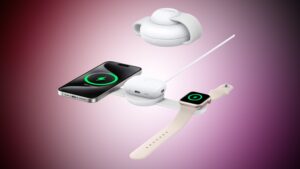Do the iPhone 12 models need screen protectors? — Apple World Today

[ad_1]

Here are Apple’s own words on the new iPhone designs and the Ceramic Shield: The elevated new design of the 6.1-inch iPhone 12 and 5.4-inch iPhone 12 mini are as beautiful as they are durable. And iPhone 12 mini is the smallest, thinnest, and lightest 5G smartphone in the world, re-architected to pack all the technology of iPhone 12 into a delightfully compact size, while still delivering an impressively large and immersive edge-to-edge display. Both models feature a sleek new flat-edge design with an aerospace-grade aluminum enclosure and combined with the Ceramic Shield front cover, which goes beyond glass by adding a new high temperature crystallization step that grows nano-ceramic crystals within the glass matrix, increases drop performance by 4x.
Designed with premium materials, iPhone 12 Pro models boast a new, sophisticated flat-edge design that features a gorgeous surgical-grade stainless steel band paired with a precision-milled matte glass back, and introduces the incredibly durable Ceramic Shield. The Ceramic Shield front cover, tougher than any smartphone glass, goes beyond glass and is infused with nano-ceramic crystals to dramatically improve toughness and increase drop performance by 4x.
According to Corning, which co-developed the Ceramic Shield with Apple ceramics can be thought of as the close cousin of glass. Both materials are inorganic. Both have many useful physical properties and are formed via high-temperature processes. And with the right composition and forming, both can be extremely hard and resistant to thermal shock, suitable for use in harsh environments like outer space.
Corning says the primary difference between glass and ceramics centers on the chemical bonds that hold the internal structure of the material together. Unlike glass, in which atoms are arranged in a random order, linkages in ceramic materials happen when positive and negative ions bond to form a regular pattern of crystals — which, in turn, can scatter the light to which they are exposed. This phenomenon usually results in an opaque material, rather than transparent, although there are examples of transparent ceramics.
[ad_2]
Source link




